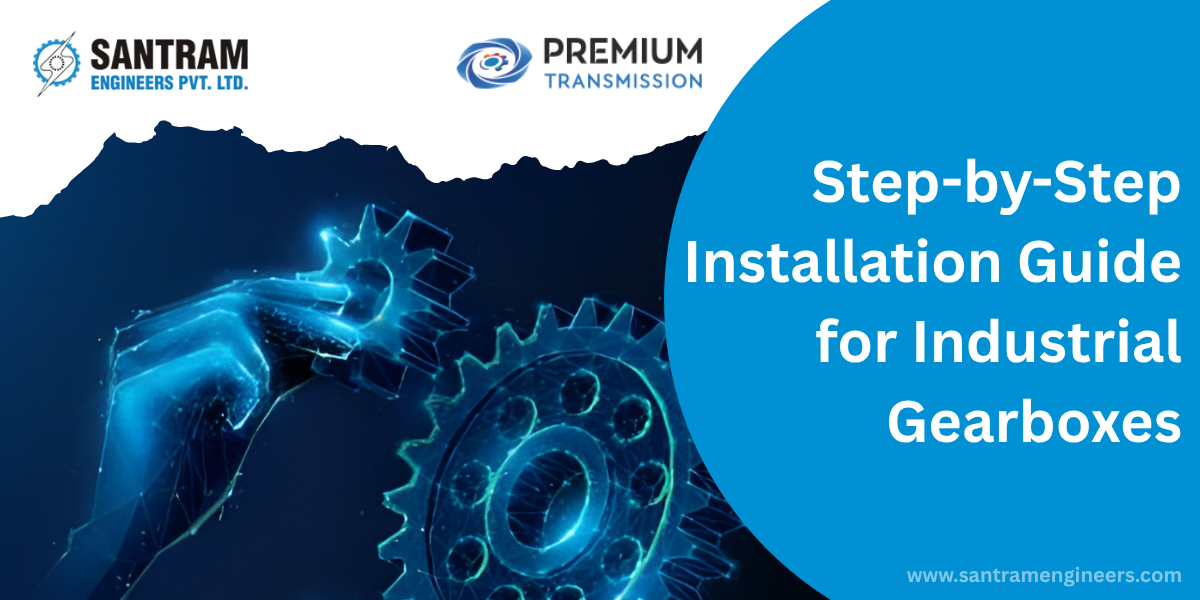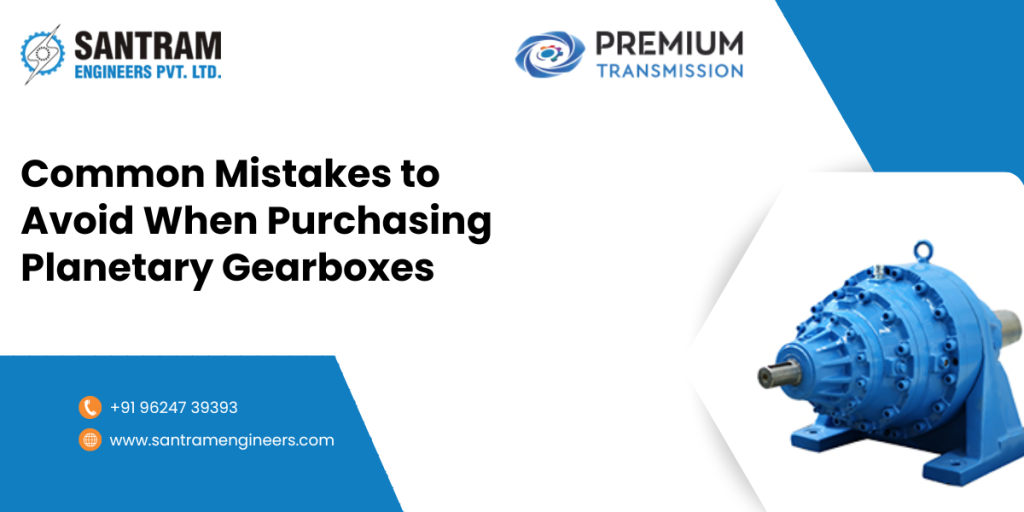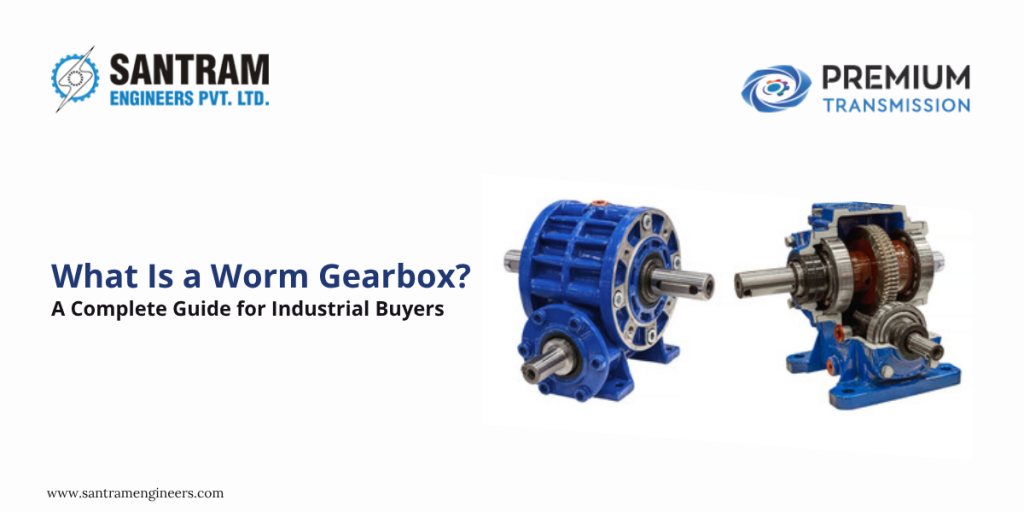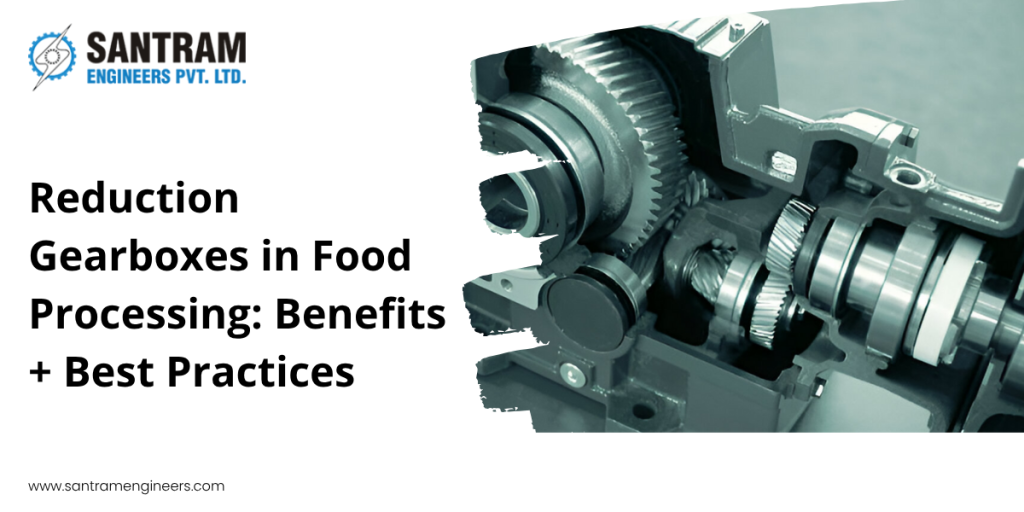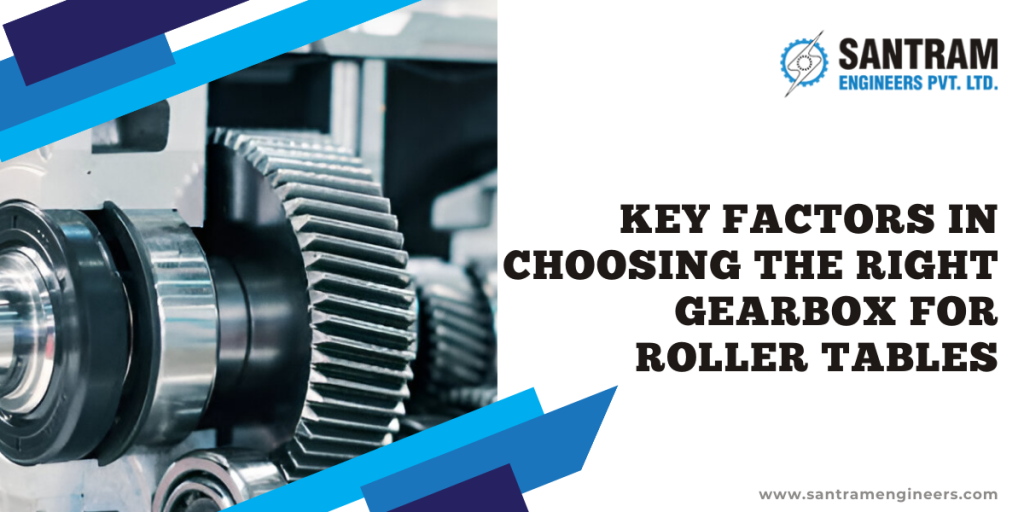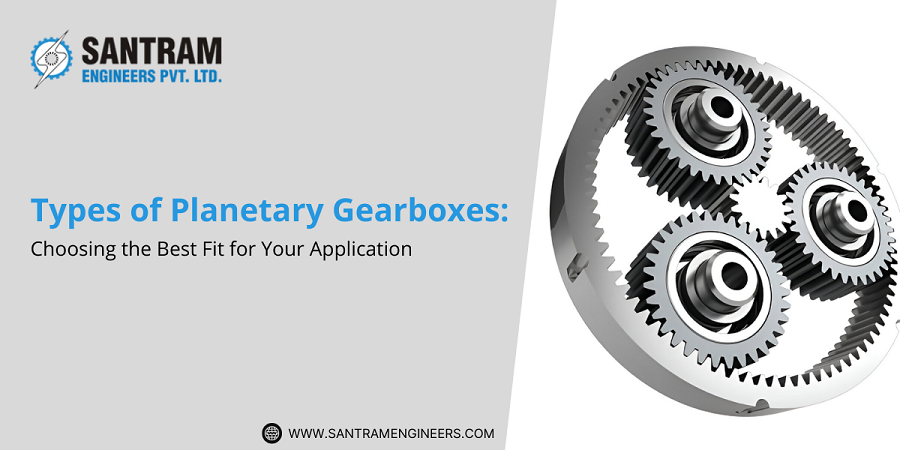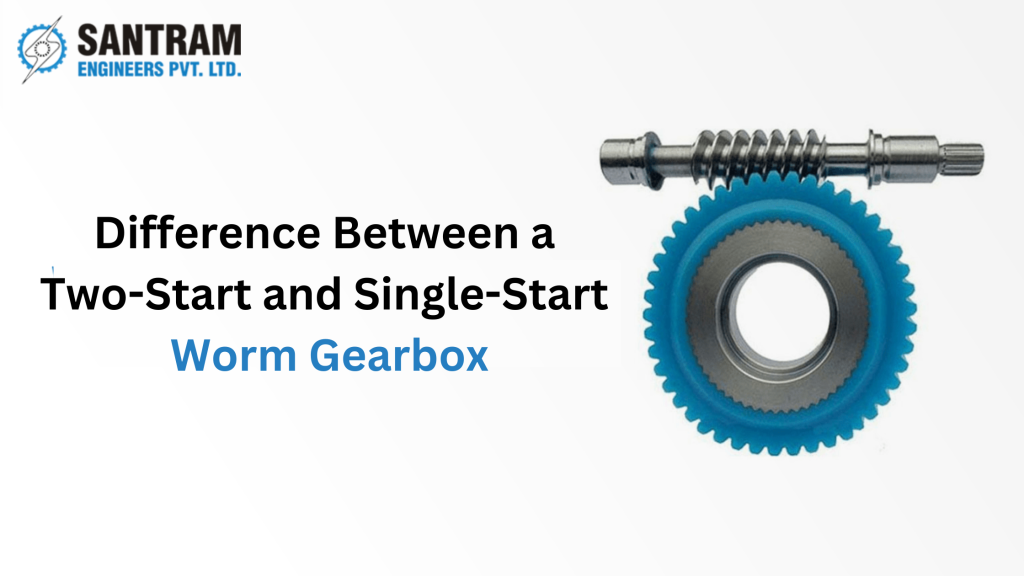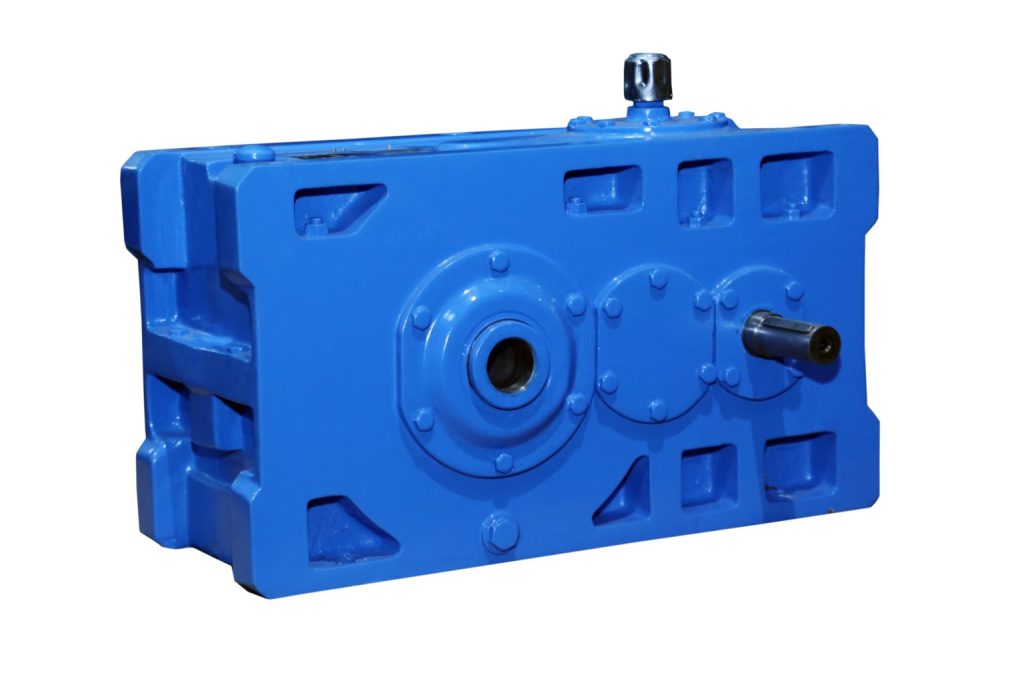When installing an industrial gearbox, attention to detail is crucial. Whether you’re installing a worm, helical, or planetary gearbox, an improper installation can result in significant damage, operational inefficiencies, or even complete system failure. Additionally, various types of gearboxes come with different installation requirements, such as the specific alignment needed for a worm gearbox, which differs from other types.
This blog post will take you through the entire process of installing industrial gearboxes from preparation to testing. Whether you’re handling large machinery or intricate systems, this guide will help you achieve optimal performance and reliability. Let’s break it down, step by step.
Preparing for Installation
Before beginning the installation of your industrial gearbox, proper preparation is essential. This will ensure a smoother process, minimise errors, and keep you safe.
Safety Precautions
Working with heavy machinery and mechanical components can be dangerous. Following safety guidelines is critical not only for your safety but also to ensure that the installation is completed without damage to the equipment. Here’s what you need to keep in mind:
- Wear Safety Gear: When installing an industrial gearbox, it’s essential to wear the appropriate personal protective equipment (PPE). This includes safety gloves, helmets, eye protection, and steel-toed boots. Gearboxes are often heavy, and sharp edges can cause injury if not handled carefully.
- Clear the Work Area: Ensure that the workspace is free of any obstacles. A messy workspace can result in errors or accidents. Additionally, make sure there is sufficient lighting to reduce the risk of errors caused by poor visibility.
- Disconnect Power Sources: Always disconnect all power supplies before starting the installation. This is especially important if you’re working with electrical or motorised components that could accidentally turn on during installation. It’s a simple yet essential safety precaution.
Tools and Equipment Needed
Having the right tools at your disposal is vital for a smooth installation process. Here’s a breakdown of the essential tools you’ll need when working with industrial gearboxes:
- Basic Hand Tools: You’ll need a set of wrenches, screwdrivers, and pliers. These tools will be essential for securing bolts and fasteners.
- Torque Wrench: This is necessary for tightening bolts to the correct torque specifications. Under-tightening or over-tightening can lead to misalignments, leaks, or damaged threads.
- Alignment Tools: To ensure proper alignment of the gearbox with other components (like the motor or driven equipment), alignment tools such as laser alignment systems or dial indicators are crucial. These tools help you detect misalignment before it causes issues during operation.
- Hoists and Lifting Equipment: Larger industrial gearboxes can be heavy, so hoists, cranes, and forklifts may be necessary to move them into place safely.
- Specialised Tools for Specific Gearboxes: For specific gearbox models, like the worm gearbox, special tools may be required for precise adjustments during installation.
Gearbox Inspection Before Installation
Before proceeding with installation, inspect the industrial gearbox to ensure that it’s in optimal condition. Here’s a checklist for inspection:
- Check for Damage: Industrial gearboxes often undergo long shipping routes. Inspect the gearbox for any signs of damage, such as dents, scratches, or broken seals. If any damage is found, consult with the manufacturer before proceeding with installation.
- Verify the Gearbox Type: Ensure that the gearbox you have is the correct type for your application. Different types of gearboxes (like helical, worm, and planetary gearboxes) have varying installation needs.
- Inspect Mounting Holes and Seals: Check for damage around the mounting holes and ensure the seals are intact. Seals prevent lubricant leaks and protect the internal components of the gearbox from dirt and contaminants.
Preparing the Mounting Surface
A stable and level mounting surface is critical to the performance of your industrial gearbox. If the gearbox is installed on an uneven surface, it may lead to misalignment and excessive wear.
Ensure Proper Alignment
Alignment is crucial in any industrial gearbox installation. Misalignment can cause friction, overheating, and even premature failure of the components. Here’s how to make sure your gearbox is aligned properly:
- Flat and Level Surface: The surface should be flat and level to ensure that the gearbox sits evenly. Use a spirit level to check the surface. Uneven surfaces can cause stress on the gearbox and result in misalignment of the internal gears.
- Use Alignment Tools: For high-precision alignment, you can use tools like laser alignment systems, dial indicators, or feeler gauges. These tools will help you detect even slight misalignments that can affect performance.
- Consider the Mounting Holes: Ensure the mounting holes are aligned with the base plate. If they are not, use the proper equipment to correct the alignment. Misalignment can lead to higher friction and more heat buildup during operation.
Securing the Gearbox Foundation
Once the surface and alignment are taken care of, securing the gearbox to the foundation is the next step. This ensures that the gearbox remains stationary during operation and prevents vibrations that can lead to premature wear.
- Anchor Bolts and Baseplates: Use anchor bolts to secure the gearbox to the foundation firmly. Baseplates can provide extra stability, especially when dealing with large or heavy industrial gearboxes.
- Tighten Bolts Evenly: Tighten the bolts in a crisscross pattern to ensure even distribution of pressure. Over-tightening certain bolts while leaving others loose can cause distortion and misalignment.
Mounting the Gearbox
The next step is to properly mount the gearbox on the foundation, which includes positioning, securing, and checking alignment.
Positioning the Gearbox
Once the gearbox is aligned with the base and foundation, the next step is to position it properly:
- Using Lifting Equipment: If the gearbox is large or heavy, you’ll likely need a hoist or crane to lift and position it accurately. Always ensure the gearbox is level and centred before securing it to the mounting base.
- Align the Shaft: The shaft of the gearbox needs to align perfectly with the driven component, such as a motor or pulley. Any misalignment here can lead to excessive wear and tear on the gearbox or motor.
Attaching the Gearbox to the Equipment
Now that the gearbox is in the correct position, the next task is attaching it securely:
- Bolting the Gearbox: Use the appropriate fasteners to bolt the gearbox onto the base. Tighten all bolts evenly to ensure there are no gaps between the gearbox and the mounting surface. Misalignment here can cause unnecessary vibrations, noise, and mechanical stress.
Special Considerations for Worm Gearboxes
When installing a worm gearbox, special attention is needed due to the unique design of the worm gear and the shaft connection. Here’s what to keep in mind:
- Worm Shaft and Wheel Alignment: Ensure the worm shaft and wheel are perfectly aligned. Any misalignment can lead to increased friction, excessive wear, and eventually gearbox failure.
- Lubrication: Worm gearboxes often require specific lubrication, as the design generates more heat than other gearboxes. Be sure to use the recommended lubricant to avoid overheating and ensure smooth operation.
Connecting the Drive Shaft
The next critical step is connecting the drive shaft to the gearbox. This ensures power transfer from the motor or other driving components.
Aligning the Shaft
Alignment of the shaft is crucial for smooth operation:
- Proper Shaft Alignment: Ensure that the drive shaft and gearbox shaft are perfectly aligned. Use tools like laser alignment systems or feeler gauges to measure any discrepancies and correct them if necessary.
- Using Shims and Spacers: If alignment issues persist, you may need to use shims or spacers to ensure that the shafts are perfectly aligned.
Securing the Drive Shaft
After aligning the shafts, the next step is securing them:
- Couplings or Collars: Depending on the type of gearbox, use the correct coupling or collar to attach the drive shaft to the gearbox. These parts are designed to prevent slippage and ensure a secure connection.
Lubrication and Maintenance Setup
Proper lubrication is critical for ensuring the long-term performance of your industrial gearbox. Lubricant helps reduce friction and wear on the moving parts.
Choosing the Right Lubricant
Each gearbox type has specific lubrication requirements. For instance, worm gearboxes often require a high-viscosity oil to cope with the increased friction caused by the worm and wheel meshing. Always follow the manufacturer’s guidelines for selecting the proper lubricant.
Filling the Gearbox with Lubricant
- Check Lubricant Levels: After selecting the right lubricant, fill the gearbox to the appropriate level. Be sure not to overfill, as this can cause leakage and increased pressure inside the gearbox.
Sealing and Preventing Leaks
Once the gearbox is lubricated, proper sealing is necessary to prevent leaks:
- Seal Tight: Ensure that all seals are correctly fitted and undamaged. Over time, seals can wear out, so it’s important to check and replace them regularly.
Electrical and Control Connections
If your gearbox is connected to an electric motor or control system, proper wiring and connection are necessary for optimal performance.
Connecting the Motor to the Gearbox
- Use Correct Coupling: Connect the motor to the gearbox using the appropriate coupling mechanism (flexible or rigid). Ensure that the motor and gearbox are correctly aligned.
Ensuring Correct Direction of Rotation
Verify the motor’s direction of rotation:
- Check Rotation: After wiring the motor and gearbox, perform a test run to ensure the rotation direction matches the required specifications.
Testing and Adjustments
After completing the installation, it’s essential to conduct thorough testing to ensure everything is working smoothly.
Initial Testing
- Dry Run: Perform an initial dry run without a load to check for noise, vibrations, or unusual sounds that may indicate an issue with alignment or lubrication.
Load Testing
Once the dry run is successful, perform a gradual load test to assess the gearbox’s performance under load conditions. Monitor for any changes in temperature or vibrations.
Adjustments and Fine-Tuning
- Re-check Alignment: After the initial load test, recheck the alignment and torque settings. Adjust them as necessary to ensure optimal operation.
FAQs
1. What is the most important consideration when installing an industrial gearbox?
Alignment is key. Misalignment can cause unnecessary wear, friction, and overheating, leading to premature failure.
2. How do I know if my gearbox is aligned correctly during installation?
Use alignment tools such as dial indicators, laser alignment systems, and feeler gauges to ensure the gearbox and shafts are correctly aligned.
3. What lubricant should I use for a worm gearbox?
Worm gearboxes require a high-viscosity lubricant, such as oil designed explicitly for worm gears. Always check the manufacturer’s guidelines for recommendations.
4. How do I adjust the gearbox if it’s running too hot?
If the gearbox is running too hot, first check the lubrication levels and quality. Ensure you’re using the correct type and amount of lubricant as per the manufacturer’s recommendations. Next, check for any misalignment or excess load, which can contribute to overheating. You might need to adjust the alignment or reduce the load to allow the gearbox to run within optimal temperature ranges.
5. Can I install an industrial gearbox without professional assistance?
Yes, it is possible to install an industrial gearbox yourself if you have the right tools, knowledge, and safety precautions. However, because improper installation can lead to issues like misalignment, vibration, or premature wear, it’s always advisable to consult with professionals or seek guidance from the manufacturer’s installation manual for the specific gearbox model.
6. What maintenance should I perform after installing my industrial gearbox?
After installation, routine maintenance is essential for keeping your gearbox in good working condition. This includes checking lubricant levels, inspecting seals for leaks, verifying alignment, and monitoring for any unusual sounds or vibrations during operation. Periodic load testing and temperature checks will help identify potential issues early on. Make sure to follow the manufacturer’s recommended maintenance schedule for best results.
Need Expert Help with Your Gearbox Installation? Contact Us for Professional Assistance!
As one of the leading industrial gearbox dealers and suppliers, Santram Engineers specialises in providing high-quality, custom gearboxes tailored to meet your unique needs. Whether you require a worm gearbox, helical gearbox, or any other type, we offer a wide range of solutions designed to improve your equipment’s performance and reliability.
Not only do we supply top-tier gearboxes, but our team of experts also provides the best recommendations and guidance for your specific application. From selecting the right gearbox to ensuring proper installation, we’ll work with you every step of the way to ensure seamless integration into your systems.
Trust us to provide the perfect solution for your machinery, backed by years of industry experience and unmatched customer service. Contact us at +91 96247 39393 or email us at sales@santramengineers.com to get the professional support you need for your gearbox installation!

